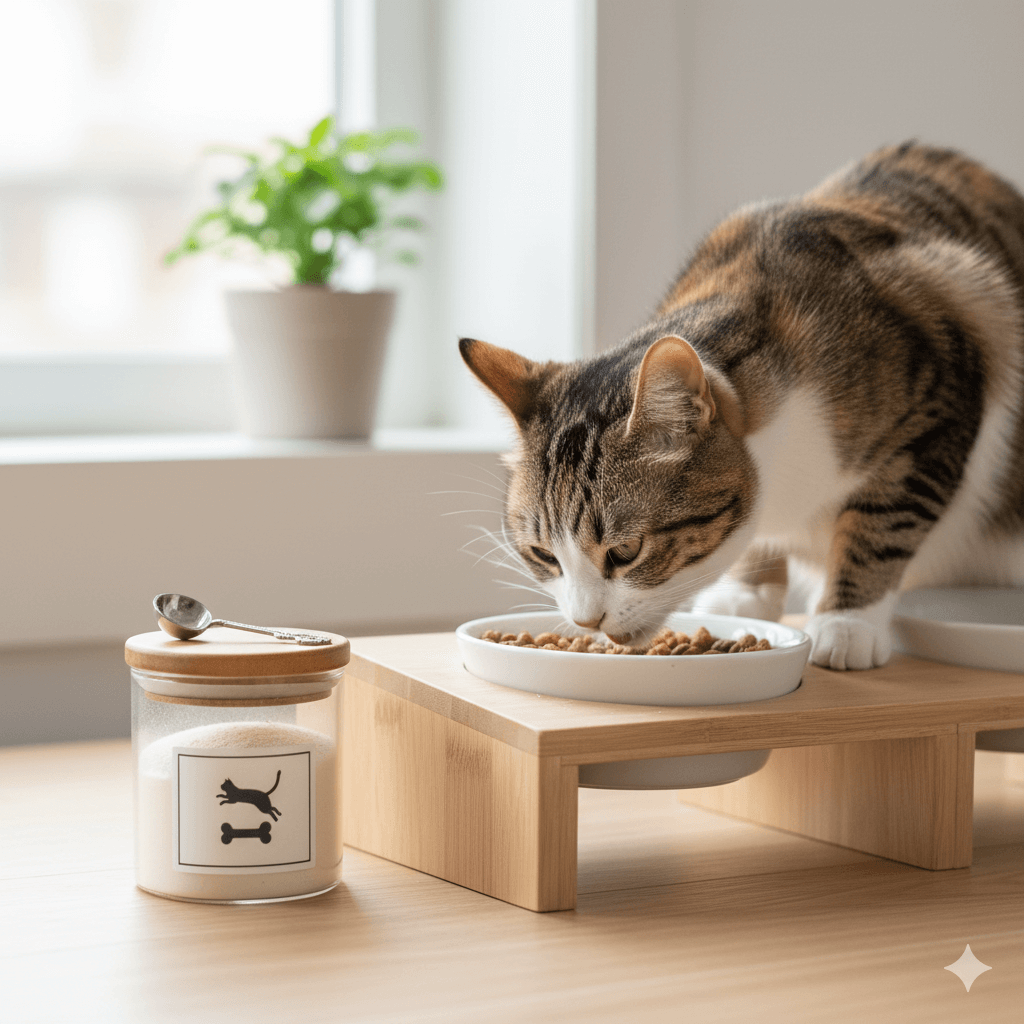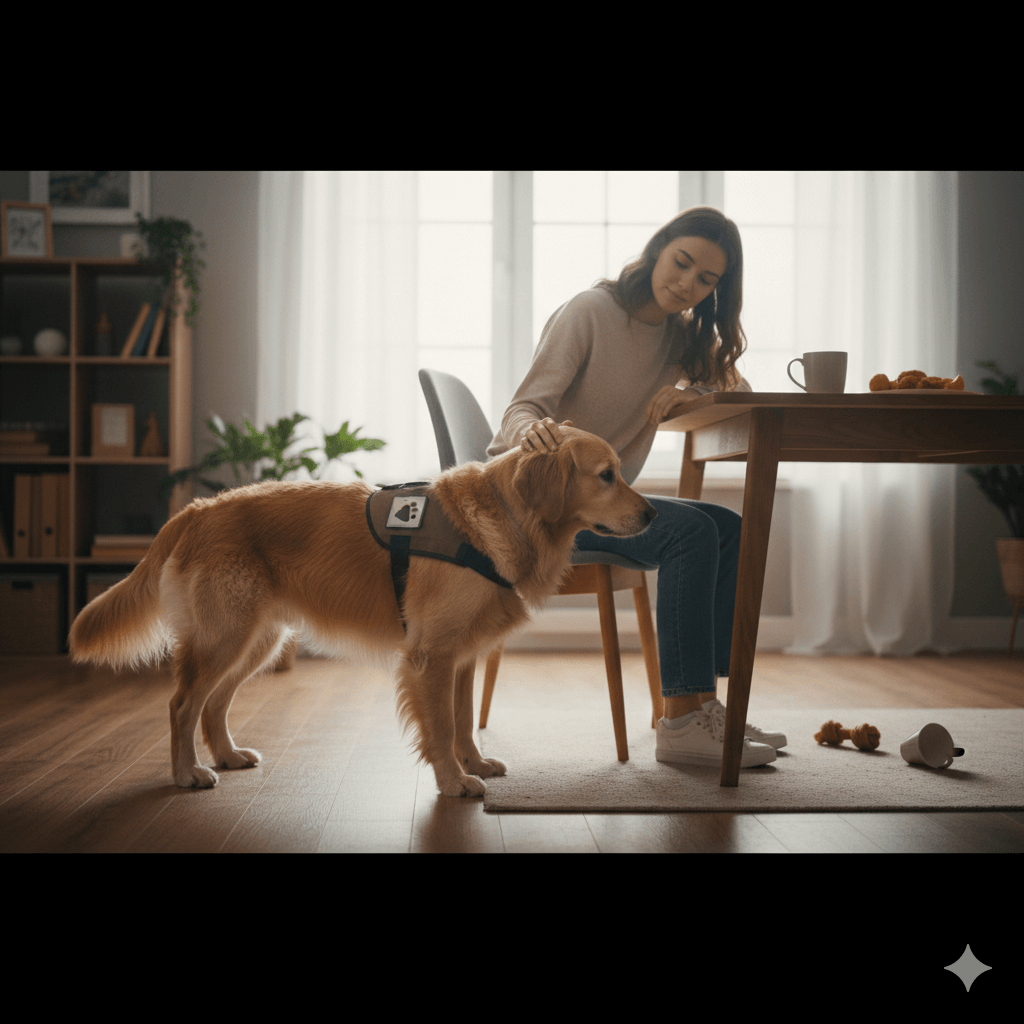Understanding the Importance of Diet for Healthy Anal Gland Expression in Dogs
Every dog owner knows that their furry companion’s health is paramount, but few realize how much diet plays a role in maintaining specific bodily functions, such as anal gland expression. If you’ve noticed your dog scooting across the floor or showing discomfort around their rear end, it might be a sign that their anal glands need attention. These small sacs, located near the anus, produce a fluid that helps dogs mark their territory.
However, when these glands become impacted or inflamed, it can lead to discomfort and even infections. While veterinary intervention is sometimes necessary, incorporating certain foods into your dog’s diet can naturally support healthy anal gland function. Let’s explore how nutrition can make a difference!
Foods That Promote Healthy Digestion and Anal Gland Health
A balanced diet is key to supporting your dog’s overall well-being, including the proper functioning of their anal glands. Since the fluid produced by these glands is influenced by the consistency of your dog’s stool, ensuring regular and firm bowel movements is crucial. Here are some nutrient-rich foods that can help:
Pumpkin : Rich in fiber, pumpkin helps regulate digestion and ensures firmer stools, which naturally compress the anal glands during defecation.
Sweet Potatoes : Another excellent source of dietary fiber, sweet potatoes also provide essential vitamins like A and C, promoting gut health.
Lean Proteins : Chicken, turkey, and fish not only supply protein but also omega-3 fatty acids, which reduce inflammation in the body.
Leafy Greens : Spinach and kale contain antioxidants and minerals that support immune function and aid digestion.
Probiotic-Rich Foods : Yogurt or kefir introduces beneficial bacteria to your dog’s gut, improving digestive efficiency.
By incorporating these foods into your dog’s meals, you’re taking proactive steps toward preventing issues related to anal gland impaction. Remember, consistency is key—small dietary changes over time yield significant results.
Supplements That Support Anal Gland Health
In addition to whole foods, supplements can play an important role in maintaining your dog’s anal gland health. These additions target specific nutritional gaps and enhance the effectiveness of their diet. Consider the following options:
Fish Oil : Packed with omega-3 fatty acids, fish oil reduces inflammation and supports skin and coat health, indirectly benefiting anal gland function.
Psyllium Husk Powder : This natural fiber supplement promotes regularity and softer stools, easing pressure on the anal glands.
Digestive Enzymes : These enzymes break down food more efficiently, ensuring maximum nutrient absorption and reducing strain on the digestive system.
Glucosamine and Chondroitin : Often used for joint health, these compounds also strengthen connective tissues, including those surrounding the anal glands.
Vitamin E : As a powerful antioxidant, vitamin E protects cells from damage and aids tissue repair, contributing to healthier anal glands.
Adding these supplements to your dog’s routine can complement their diet and address underlying issues that may contribute to anal gland problems. Always consult your veterinarian before introducing new supplements to avoid potential interactions.
Check this guide 👉5 Best Grain-Free Dog Foods for Ultimate Health!
Check this guide 👉Top 5 Premium Hydrolyzed Dog Foods for Ultimate Health!
Check this guide 👉Top 5 Best Dog Electrolytes for Ultimate Hydration Boost!

Food Type | Benefits for Anal Gland Health |
|---|---|
High-Fiber Vegetables | Regulates digestion and promotes firm stools |
Lean Meats | Provides protein and anti-inflammatory properties |
Omega-3 Rich Foods | Reduces swelling and supports skin/coat health |
Probiotics | Enhances gut flora and improves nutrient absorption |
Hydrating Fruits | Prevents constipation and maintains moisture balance |
Signs Your Dog May Have Anal Gland Issues
It’s essential to recognize early signs of anal gland problems so you can take action promptly. Ignoring these symptoms can lead to complications like infections or abscesses. Watch out for the following behaviors:
Scooting : If your dog drags their bottom across the floor, it could indicate irritation or discomfort.
Excessive Licking : Persistent licking or biting at the rear end often signals anal gland trouble.
Foul Odor : A strong, unpleasant smell emanating from your dog’s backside may suggest leaking or infected glands.
Swelling or Redness : Visible swelling or redness near the anus requires immediate attention.
Difficulty Defecating : Straining during bowel movements might indicate blockage or impaction.
If you notice any of these signs, consult your veterinarian for guidance. Early intervention can prevent further complications and keep your dog comfortable.
Tips for Incorporating Healthy Foods into Your Dog’s Diet
Transitioning your dog to a diet rich in foods that promote anal gland health doesn’t have to be overwhelming. With a few simple strategies, you can seamlessly introduce these nutritious ingredients. Follow these tips:
Start Slowly : Gradually mix new foods into your dog’s existing diet to avoid upsetting their stomach.
Monitor Portion Sizes : Too much of any one food can cause digestive upset; stick to recommended serving sizes.
Use Treats Wisely : Incorporate healthy snacks like pumpkin biscuits or sweet potato chews as rewards.
Blend Ingredients : Puree vegetables or blend them into homemade dog food for easy consumption.
Stay Consistent : Regularly include these foods in your dog’s meals to see long-term benefits.
With patience and persistence, you’ll create a balanced diet that keeps your dog happy and healthy while supporting their anal gland function.
The Role of Hydration in Supporting Anal Gland Health
Water is an often-overlooked yet critical component of your dog’s digestive health, which directly impacts anal gland function. Proper hydration ensures that stools remain soft enough to pass easily while maintaining the right consistency to support natural gland expression. Here are some ways to keep your dog well-hydrated:
Provide Fresh Water Daily : Always ensure your dog has access to clean, fresh water throughout the day.
Add Broth to Meals : A splash of low-sodium chicken or beef broth can encourage your dog to drink more water.
Incorporate Moisture-Rich Foods : Foods like cucumbers, watermelon, and canned pumpkin boost hydration levels naturally.
Monitor Urine Color : Pale yellow urine indicates proper hydration, while dark yellow may signal dehydration.
Use a Pet Fountain : Some dogs prefer running water, so investing in a pet fountain might increase their water intake.
By prioritizing hydration, you’re not only supporting your dog’s overall health but also aiding in the smooth functioning of their anal glands. Remember, a well-hydrated dog is a happy and healthy dog!
Common Mistakes to Avoid When Feeding for Anal Gland Health
While it’s tempting to make quick dietary changes to address anal gland issues, certain mistakes can do more harm than good. Being aware of these pitfalls will help you create a sustainable and effective feeding plan for your dog. Avoid the following common errors:
Overloading on Fiber Too Quickly : Sudden increases in fiber can cause bloating, gas, or diarrhea, worsening the problem.
Feeding Only Processed Foods : Highly processed kibble lacks essential nutrients and can lead to digestive imbalances.
Ignoring Portion Control : Overfeeding, even healthy foods, can upset your dog’s digestion and lead to weight gain.
Skipping Veterinary Guidance : Making drastic changes without consulting a vet can result in unintended consequences.
Neglecting Allergies or Sensitivities : Some dogs have food intolerances that can exacerbate digestive issues if ignored.
Steering clear of these mistakes will set you on the right path toward improving your dog’s anal gland health. Always approach dietary changes thoughtfully and with professional advice when needed.
Alternative Remedies to Complement Dietary Changes
While food plays a central role in supporting anal gland health, alternative remedies can provide additional relief and complement your efforts. These methods focus on soothing discomfort and promoting overall wellness. Consider incorporating the following options:
Warm Compresses : Applying a warm cloth to the affected area can reduce swelling and ease discomfort.
Herbal Teas : Chamomile or peppermint tea (cooled) mixed into your dog’s water can calm their digestive system.
Massage Techniques : Gentle massage around the base of the tail may stimulate the glands and encourage natural expression.
Epsom Salt Soaks : A diluted Epsom salt bath can relieve irritation and promote healing in severe cases.
Acupuncture : This traditional therapy is believed to improve energy flow and alleviate pain in pets.
When combined with a nutritious diet, these alternative remedies can enhance your dog’s comfort and recovery. Always consult your veterinarian before trying new treatments to ensure they’re safe for your pet.
Frequently Asked Questions About Food and Anal Gland Health in Dogs
Can diet alone resolve anal gland issues?
While diet can significantly improve anal gland health, severe cases may require veterinary treatment.
How much fiber should I give my dog?
Consult your vet, but generally, adding 1-2 teaspoons of pumpkin per meal works well for most dogs.
Are there foods I should avoid?
Yes, avoid highly processed foods, excessive fats, and anything toxic to dogs, like chocolate or grapes.
How long does it take to see results?
Improvements typically occur within a few weeks of consistent dietary changes.
Should I use supplements alongside dietary changes?
Supplements can enhance the effects of a healthy diet but should be introduced under veterinary supervision.
Empowering Your Dog’s Health Through Nutrition
Caring for your dog’s anal glands doesn’t have to feel daunting. By understanding the connection between diet and gland health, you can make informed choices that benefit your pet’s well-being. From high-fiber vegetables to omega-3-rich supplements, every bite counts toward a happier, healthier pup. Remember, prevention is always better than cure—so start today by incorporating these tips into your dog’s daily routine. Your four-legged friend will thank you with wagging tails and endless affection!
Understanding Bone Supplement for Cats: Best 7 Expert Tips! – Safe, vet-approved guidance for strong feline bones & balanced nutrition.
Bone Supplement for Dogs: Best 7 Expert Tips! – Expert guide to calcium, collagen & bone health for every life stage.
Understanding Can Cats Get Sunburn: Best 7 Expert Tips! – Protect your feline from UV damage with vet-backed prevention strategies.
How to Train a Seizure Alert Dog: Best 7 Expert Tips! – Learn expert-backed steps to nurture natural instincts into reliable, life-saving seizure alerts.





